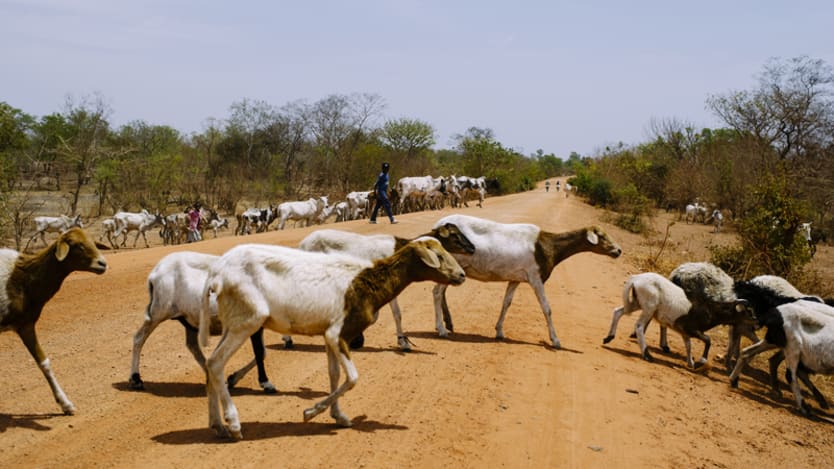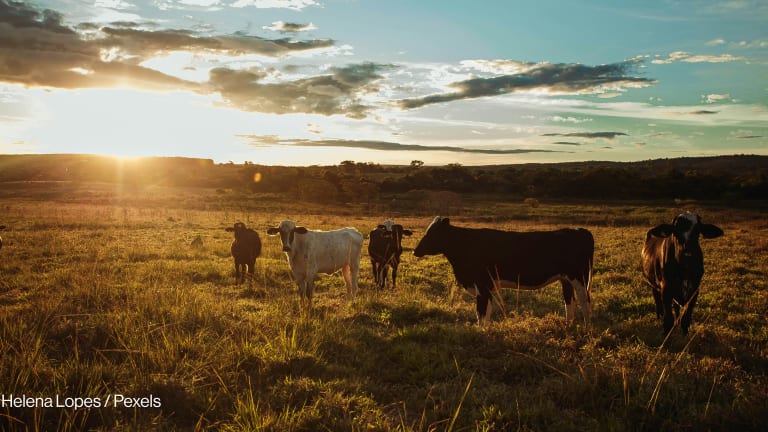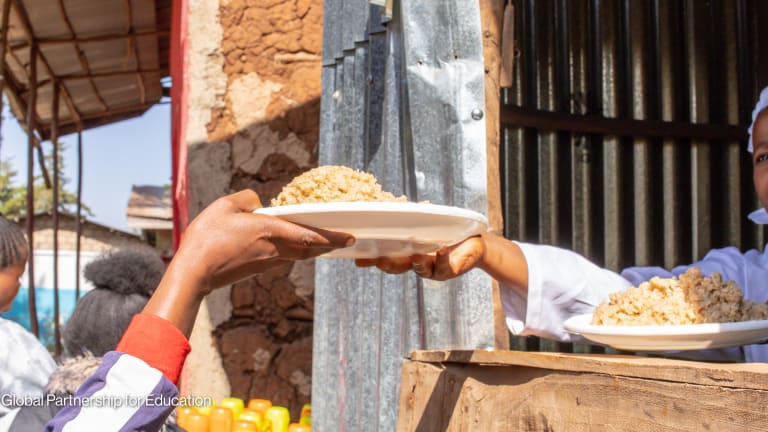
Over the past few years, the conversation about livestock and climate change has been dominated by a singular focus on the total greenhouse gas emissions that can be attributed to farm animals. Let’s agree that it is unquestionably large, accounting for more than 15 percent of overall emissions, and needs to come down considerably.
But as we move closer to the climate talks in Paris that could take on new measures for reducing emissions linked to agriculture, we should also agree on something else: that livestock means very different things depending on where you live in the world today. That fact is seldom acknowledged. But it is hugely important if we hope to address livestock’s contribution to climate change while also ensuring farmers, particularly those in developing countries, can survive in a world of rapidly rising temperatures and more erratic rainfall.
Today, for hundreds of millions of the world’s smallholder farmers, livestock — a few cattle or maybe a small herd of goats and a flock of chickens — are by far the most important household asset. Moreover, these animals typically live on a small farm of about a hectare (a couple of acres) in size where livestock and crop production are inseparable. Livestock often provide an essential form of fertilizer. Cattle pull ploughs and help transport crops to market. Meanwhile, crops provide farm animals with a critical source of feed in the form of “stover” — the leaves and stalks leftover after harvest.
Yet today, most of the work at the intersection of agriculture and climate change doesn’t adequately consider either of these basic facts: the prominent role of livestock in the lives of smallholders in the developing world and how these farm animals often live in an interdependent relationship with crop production.
This information deficit is reflected, for example, in the analyses produced by the influential expert panel driving the U.N. Framework Convention on Climate Change. In its examination of how climate change will affect agriculture, the panel devotes most of its attention to crop production, while its impact on livestock is considered in a separate — and much shorter — section.
As my colleague and I note in this month’s issue of the journal Nature Climate Change, underestimating the importance of livestock on farms in the developing world weakens both emissions reduction and climate change adaptation efforts. That’s because in agriculture, mitigation and adaptation challenges are two sides of the same coin: Adaptation initiatives will be ineffective if they are not closely aligned with the way farmers want to produce food. Often they are not.
Moreover, if smallholder farmers lack clear, practical and easily doable options for dealing with the effects of global warming on their agriculture, it’s absurd to think they will be able to reduce their greenhouse gas emissions.
We are particularly concerned about sub-Saharan Africa, where as much as 86 percent of the maize, rice, sorghum and millet, along with 90 percent of the milk and 80 percent of the meat is produced on small, family farms where there is a large degree of interdependence between crops and livestock. We are not aware of any comprehensive efforts to understand how these so-called mixed farms will be affected by climate change and the different options available to help them adapt. And these changes could be significant.
Climate projections indicate that over the next three decades, in some parts of sub-Saharan Africa, the weather will often be too hot and the growing seasons too short to support existing varieties of important staple crops, such as maize. But how these climatological shifts will affect individual farmers in Africa depends on how they produce food. Most of them depend on livestock-crop interactions, and that can leave them both more vulnerable and more resilient to climate change.
But the livestock-crop mix could make farmers more resilient to climate change because intermingling crops with livestock production often leads to a more efficient use of natural resources. Also, livestock can provide a buffer against losses in a particular season. For example, selling a few sheep or goats can help a family overcome a poor grain harvest.
Either way, to address the vulnerability and take advantage of the resilience, African farmers need to brace for climate change armed with alternatives that account for the fact that most of them depend just as much on livestock as they do on crops. That’s why, for example, we’re helping farmers develop climate-smart options in Kenya by adopting new approaches to growing crops along with a new type of red Maasai sheep that is more tolerant of heat and parasites.
The failure to appreciate the many ways livestock intersect with climate change and food security may reflect wealthy country bias that no longer views livestock as integral to farming and certainly separates livestock from crop production. That may be the case in many developed countries, but it’s not true in Africa, and in many parts of Asia as well. And when it comes to dealing with the causes and consequences of climate change, we need to embrace the fact that in much of the world, field and pasture, animal and vegetable, and literally, cereal and milk, still exist in close proximity and will continue to do so for decades to come.
Join the Devex community and access more in-depth analysis, breaking news and business advice — and a host of other services — on international development, humanitarian aid and global health.








